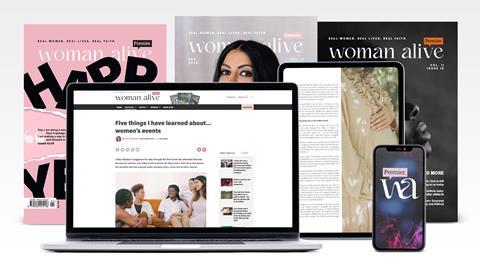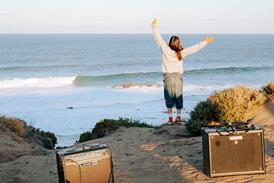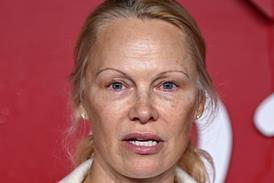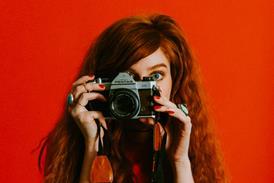- Hot topics
- Join Now!
Draw closer to God
2016-08-15T00:00:00

Liz Jennings explores ways to tap into your creativity and allow God to speak to you ...
To continue reading, register today for more access!
If you are a member or a registered user, or if you already have a login for another Premier website SIGN IN HERE

Sign up for your free account now!
Registering is quick and easy and gives you immediate access to read more articles, plus:
- You’ll receive a weekly newsletter every Saturday with the top stories of the week
- You can save articles to read later
- You can share your comments and thoughts on the stories
Or become a member today for unlimited access! Special offers are available!
If you already have an account with a Premier website SIGN IN HERE
Related articles
-
 Article
ArticleAre Christian women biblically illiterate?
2025-03-26T13:16:00Z By Ann-Louise Graham
Ann-Louise Graham considers how well we know the Bible and ponders whether the Church and its women’s ministries are to blame
-
 Article
ArticleMy letter to the next generation - who is it you are looking for?
2025-03-26T13:13:00Z By Katherine Chow
Speaking into our world of overwhelm and anxiety, Rev Katherine Chow reveals the interaction Jesus had with Mary Magdalene – reminding us that he isn’t put off by your emotional vulnerability, but wants you to share your concerns with him
-
 Article
ArticleA hidden heroine in a bloodthirsty history
2025-03-26T13:13:00Z By Elaine Storkey
Study passage: 2 Kings 11, 2 Chronicles 22 We all know the story of baby Moses hidden in a basket among the bullrushes in the river Nile by his mother and sister, and how their determined action rescued him from the genocide of Hebrew male babies by the ruthless Egyptian ...
More from Home
-
 Opinion
OpinionShowing our kids that following Jesus is a great adventure
2021-06-16T00:00:00Z
As we approach Father’s Day, Andy Frost thinks back to how his dad influenced his own Christian journey when he was younger. He also shares details of a great new resource to help fathers as they take their kids on an adventure of faith.
-
 Opinion
OpinionG7: we needed more actionable steps
2021-06-15T00:00:00Z
Lovely Chavan from the Young Christian Climate Network believes the G7 talked about many vital issues, but didn’t provide a clear explanation on what happens next
-
 Opinion
Opinion‘World leaders must stop reiterating empty promises’
2021-06-15T00:00:00Z
Rachel Mander from the Young Christian Climate Network reflects on the recent G7 summit in Cornwall
- Issues
- Topics A-Z
- Writers A-Z
- © 2025 Woman Alive
Site powered by Webvision Cloud






















